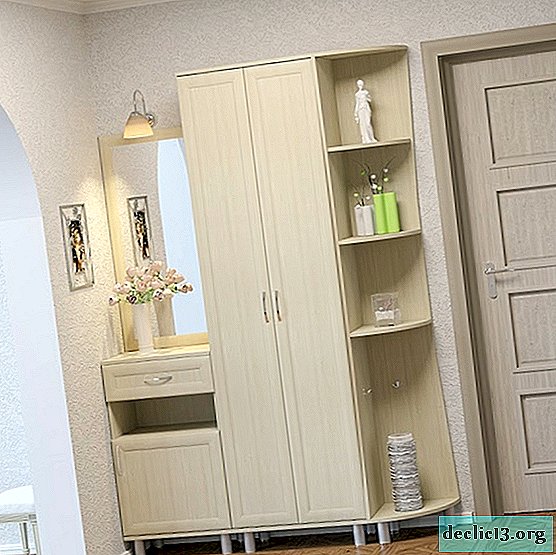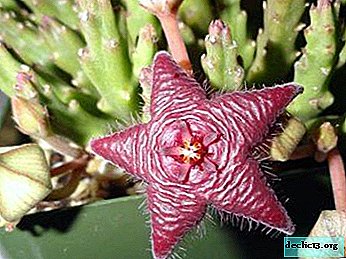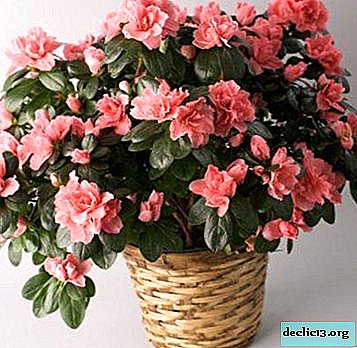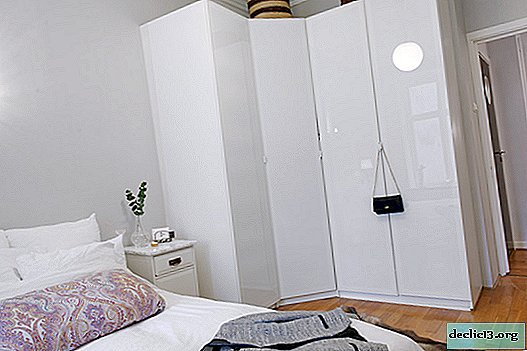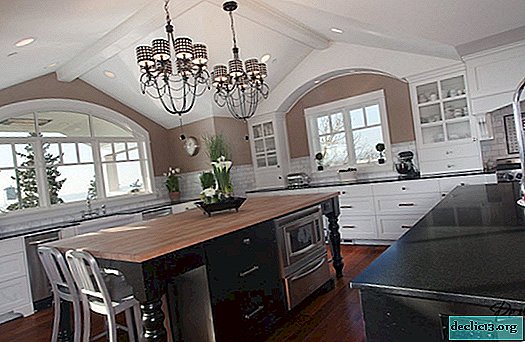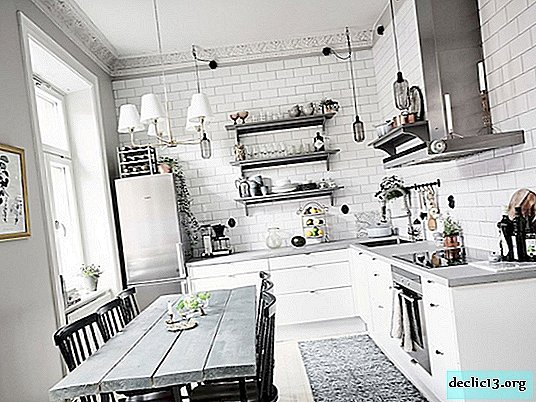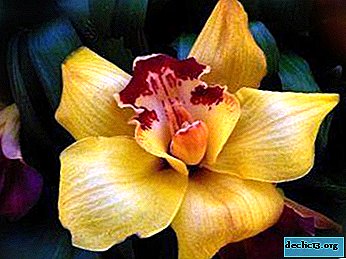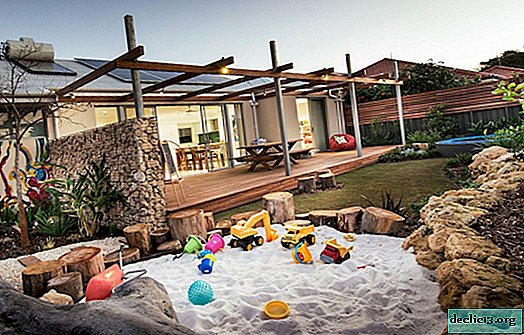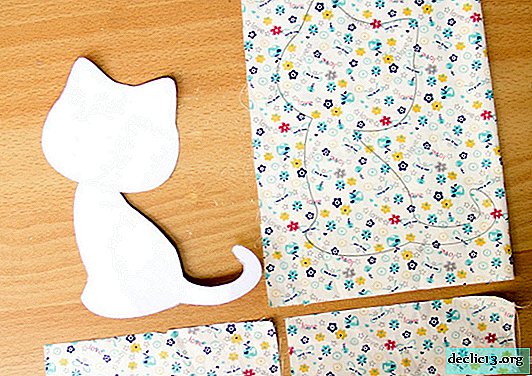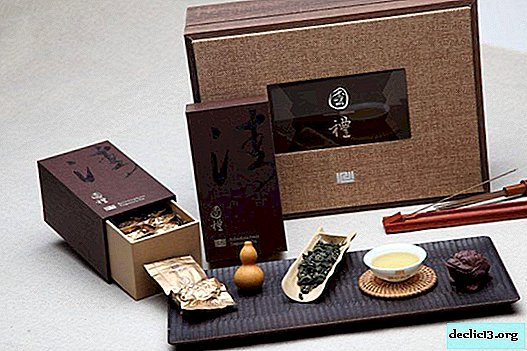A detailed description of the types and varieties of peperomia with photos and tips on care
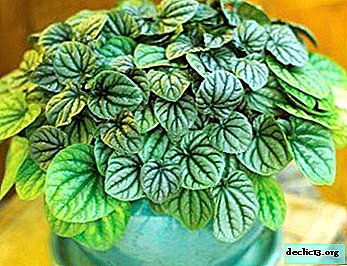 Peperomia is a miniature plant with thick leaves that is part of the Piperaceae family (Peppers). It happens shrubby or climbing type. Due to the variety of colors, shapes and structures of the leaves, it is often used as a basis in florariums and botanical gardens. Varieties of bright and unusual shades look advantageous in floral arrangements.
Peperomia is a miniature plant with thick leaves that is part of the Piperaceae family (Peppers). It happens shrubby or climbing type. Due to the variety of colors, shapes and structures of the leaves, it is often used as a basis in florariums and botanical gardens. Varieties of bright and unusual shades look advantageous in floral arrangements.
The homeland of peperomia (popularly “perciform”, “plant with a rat tail”) is the regions of America and Asia, in which the tropical climate prevails. The epiphytic plant survives well on tree trunks, rocks, in shaded secluded places and in swamps. At the same time, it may not come into contact with the soil, and receive moisture and nutrients from fog or precipitation.
Popular types and varieties with names, descriptions and photos
Peperomia is known for its diversity; varieties with interesting names show very strong differences in the structure and color of foliage: from thin small to fleshy and large.In peperomia species, the shades of leaves vary from light green and golden to dark, sometimes even brown. Variegated leaves with specks, streaks and stains occur. The variability of leaf shapes is amazing: coin-shaped, oval, elongated, heart-shaped, etc.
Ampella (Ampella)
- The peculiarity of the view is the long curly stems that hang beautifully from the sides of the hanging pots and give the interior an exotic character.
- It is divided into many subspecies, for example, creeping, climbing, whorled and others.

Whorled (Verticillata)
- The leaves are fleshy, gray-green in color, are arranged on the stem in groups at approximately the same level. The egg-shaped leaves are characterized by the presence of three pronounced arcs.
- The best propagation method for this variety is to divide by cuttings.
- The less moisture a plant receives, the finer the leaves grow.

Creeping (Serpens)
- Small leaves, 5-6 cm long, have an oval shape and a light beige border.
- The view does not require long daylight hours and direct sunlight, it also easily tolerates short droughts. Spraying is recommended to remove dust that has settled on the surface of the leaves.
- The plant is ampelous, long branched shoots look advantageous in hanging planters.

Climbing (Scandens Variegata)
- It has a compact rhizome that does not need a deep pot.
- It is able to accumulate fluid in leaves and shoots, easily survives dry periods.
- The stems of an adult plant can reach up to 1.2-1.5 m in length.
- The leaf at the beginning of growth has a light beige color, which eventually turns into a green tint. The tip of the round sheet is pointed.

Perescelia (Pereskiafolia)
- Pepper shrub, characterized by its miniature.
- Rosettes of 4-5 small, dark green leaves are located on a low stiff stalk.
- The birthplace of the species is Nicaragua, Venezuela, Peru, Colombia.

Rotundifolia Rotundifolia, also known as Monolithic
- Compact bushy appearance, the rhizome is divided into many creeping stems. Each stem grows to a length of 30 cm.
- Small round leaves arranged in the next order and growing no larger than 1 cm in size gave the name to this dwarf shrub.
- The view is quite capricious: it does not tolerate moisture and sunlight in open areas of the plant. Watering is carried out only in the pan. The smaller the plant is in the light, the brighter its color becomes.
- Leaves of a light green shade to the touch are gentle and velvety.
- The difference from other species is the finest, barely noticeable brown mesh of veins on young green leaves, and the purple color of thin peduncles.
- Blooms inconspicuous miniature inflorescences of a whitish hue.

Graveolens
- The exotic look is due to an interesting combination of colors of the upper and lower parts of the sheet - light green and pinkish, respectively.
- The leaves curl around the edges and fit snugly against the red-brown stem.
- The bush rarely reaches 25 cm in height.
- Blooms with pale yellow flowers, located on thin spikelets.
- The birthplace of the species is Ecuador and Peru.

Chisel Peperomia Dolabriformis (Dolbriformis)
- Closest to succulents. The leaves are fleshy, 2 cm wide and about seven in length. They remind you a doubled circle (also a crescent or a pea pod).
- The socket is shaped like a star.
- During flowering, small pale green flowers form on branched inflorescences.
- When caring for chisel peperomia at home, it is better to dry the earth than vice versa. Direct moisture on parts of the plant can trigger rot. The plant is resistant to dry climates, but does not tolerate direct sunlight. Plants with green and dark green leaves are usually kept in partial shade.

Variegated (Variegate)
- It is important to keep the view in a well-lit place with diffused light. Otherwise, the shoots will stretch, the leaves will become smaller and paler.
- The more fertile the selected soil, the longer the plant will retain its presentable decorative appearance.
- The color of the leaves varies from green and red to yellow and brown.

Silver (Argyreia)
- The name of the plant owes its color: long leaves (up to 9 cm in length, up to 6 cm in width), connected to rosettes, between dark green veins are painted in a light, almost silver color.
- The soil for silver peperomia is made up of sheet and compost earth, sand.
- The native land of the species is considered South America, Venezuela, Brazil.

Happy Bean Happy Bean
- Dark green leaves folded in half, resembling bean pods.
- A short bush reaches 20 cm in height.
- The birthplace of the species is South America, Mexico.
- Happy Bean is the easiest to care for at home.

Prostrata (Prostrata)
- Ampel plant, characterized by small round leaves.
- It differs from round-leaved peperomia in that the leaves on the stem are arranged at more rare intervals.
- The shoots of Peperomia Prostrata have a reddish hue, the motley leaves are green with light green and grayish veins and bronze spots.

Red or Rubella (Rubella)
- Rubella is a perennial succulent plant.
- Long, branched shoots have a reddish color.
- Small oval leaves are not arranged alternately on the stem, as in other varieties, but against each other. They are green above, and the lower part of the leaf is reddish.
- The stems and leaves are covered with a rare light pile.
- Spraying this species is not recommended due to the fleecy coating of the leaves.

Shriveled (Caperata)
- Dark green leaves have an unusual relief - the velvety surface is as if covered with deep "wrinkles".
- The accumulation of heart-shaped leaves located close to each other resembles a socket.
- The stem and leaves contain a sufficient supply of moisture for a period of drought. Excessive watering is detrimental to this type of peperomia.
- At the moment, there are many types of wrinkled peperomia, which differ in the color of the foliage (variegated varieties that combine red, white, yellowish, pink, green and other shades are popular).
- The flowering period falls in the summer, the plant produces tall, cob-shaped peduncles bearing odorless white or cream flowers.
- The species is very thermophilic, in winter it should be maintained at a temperature of 16-23 C, otherwise the foliage will turn yellow and fall. In summer, peperomia can be placed on the balcony, previously protected from drafts and insects.

Pitted (Puteolata)
- Very large view. In height reaches up to 50 cm.
- The stems are smooth, painted in brown and red shades.
- Dark green leaves have milky white streaks. The foliage form is lanceolate, pointed at the end.
- The native land of the species is Brazil.

Small-leaved
- If there is no pile on the bush, then in the warm season, the leaves can be washed in the shower.
- Small-leaved species require an annual transplant.
- The leaves that gave the name to the species rarely reach sizes of more than 1-2 cm.
- They are popular with builders of florariums.
- A striking example of small-leaved peperomy is the species Rotundifolia.

Green
- Large round leaves have a green color.
- The maximum growth of the bush is 35 cm.
- At home, the species practically does not bloom.
- Green is quite resistant to dry air, but optimal growth and development occurs in a climate with high levels of humidity.
- In order that the leaves do not fade, the plant is placed in a well-lit place, avoiding direct sunlight.

Creeping (Scandens)
- Characteristics similar to peperomia rotundifolia. However, red-tinted stems tend to grow faster than Rotundifolia.
- The leaves are very variegated: light green shades interspersed with bronze, yellow and brown spots and veins scattered across the surface.
- A striking representative is the variety Peperomia Prostrata.

Gray-haired (Incana)
- The plant grows up to 50 cm in height.
- The name "gray" came from the fact that its surface is covered with a light fluff.
- The fleshy, dark green leaves are broad-hearted.
- Over time, shoots from upright shoots turn into drooping ones.
- In winter, the species requires regular watering and warm air - 22-25 C.
- In nature, the plant is a carpet covering the soil, so it does not need abundant watering and constant lighting.

Angulata Beetle (Angulata)
- Miniature shrub, in height totals up to 15 cm.
- Humidification of the soil is allowed more often than in the case of other species. From time to time spray from the spray gun with soft warm water.
- The species is transplanted as rarely as possible, carefully handling the rhizome with a lump of land to a new habitat. The root system is very fragile.
- Fertilizer is welcome during the period of active plant growth. In winter, top dressing is reduced.
- The striped surface of the leaf, covered with bright arched veins, resembles the back of a beetle.
- The soil should be moisture-resistant, the pot is equipped with good drainage (expanded clay, broken brick, charcoal with a layer of up to 6 cm).
- Angulata blooms from May to October.

Marble (Marmorata)
- Perennial undersized plant.
- The surface of the oval leaves is covered with a marble pattern.
- Blooms in small white flowers with a greenish undertone.
- Of the undersized peperomies, it is considered the most adapted variety to home conditions.

Raindrop Multi-leaf (Raindrop)
- Cone-shaped, dark green leaves with a diameter of 9 cm in appearance resemble the leaves of water lilies. The glossy surface seems to be covered with wax.
- It grows up to 20 cm in height.
- Avoid exposure to sunlight, the plant feels better in partial shade.
- Blossom in white or yellow "panicles" on brown and dark red peduncles.
- The native land of the species is South America, Brazil, Ecuador, the Amazon rainforest.

Home Care
Compliance with simple rules of care will provide the home plant with optimal growth and development, as well as a long life. Despite the species abundance of peperomies, and many names, caring for all dwarf "peppers" comes down to some general rules:
- The plant easily tolerates drought, waterlogging of the soil is detrimental to the roots and stems. In winter, watering is reduced to 1-2 times per month, in the warm season, the earth is irrigated as it dries. It is important to remember that parts of the plant have their own supply of fluid, so in this case it is better to cancel the irrigation once again. Types of peperomia with less fleshy leaves are watered a little more often.
- A shrub or hanging planter with a branching plant is best placed near the western and northern windows. This will provide the flower with diffused sunlight without harming the surface of the leaves. In winter, they additionally “illuminate” using artificial lighting, otherwise the shoots will grow very long, and the leaves will be very small and pale.
- The ideal temperature in the summer is 25 C, in the winter 15-18 C. In conditions of elevated temperatures, the leaves begin to fade. If heat is unavoidable, the plant is sprayed with warm water from a spray bottle.
- A pot for peperomia is selected according to the size of the plant. Too deep and spacious capacity will provoke a period of acclimatization, which will negatively affect the external decorativeness of the plant.
- A suitable soil mixture includes: humus, sand and peat. The peculiarity of such a substrate lies in its friability and nutrition.
- It is necessary to exclude drafts in the place where the pot with peperomia is located.
- Fertilizer is produced once a month by mineral complexes. In winter, top dressing is halved or not carried out at all. After a transplant, it is undesirable to fertilize the plant, as the plant goes through a period of adaptation and there are enough nutrients for it in the new soil.
- Pruning will help preserve the decorative appearance of the shrub - pinch the upper long shoots slightly and then the plant releases small side shoots that form a neat bush. Care should be taken to timely prune dry and dead stems and leaves.
A huge number of all kinds of varieties and subspecies speaks about the variety of colors and subtones of leaves and shoots of peperomia. The shape and texture of the leaves also varies in a very wide range - from large to small, from smooth to fleecy, from glossy to wrinkled.


